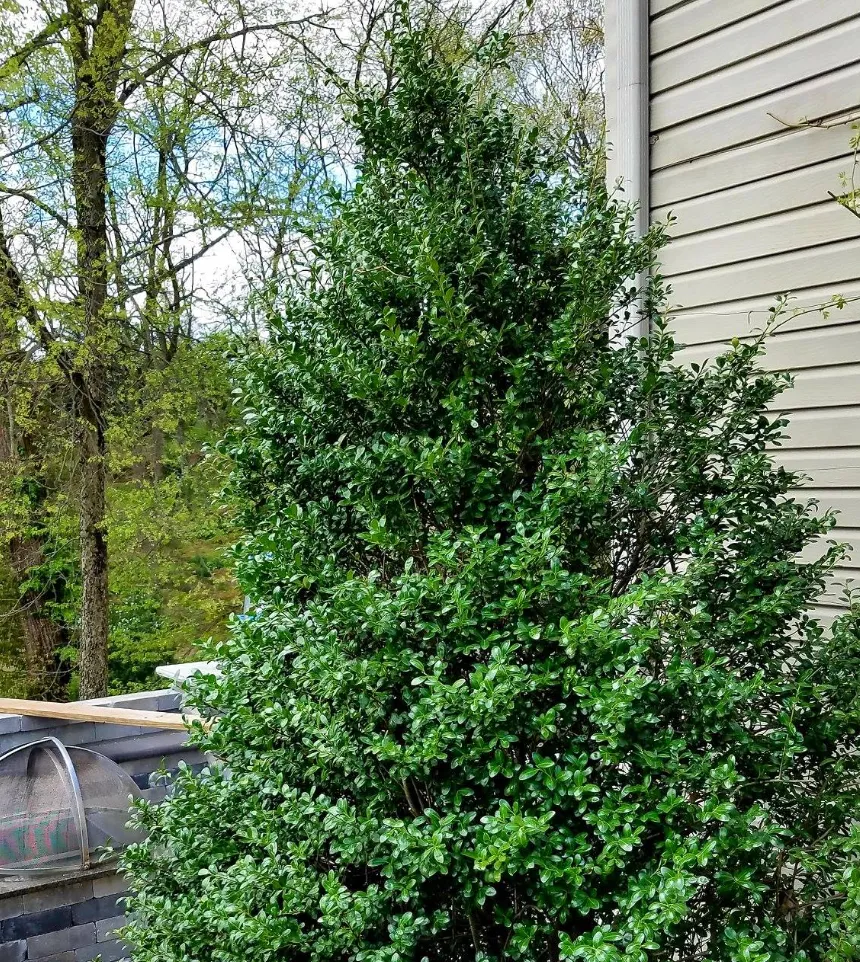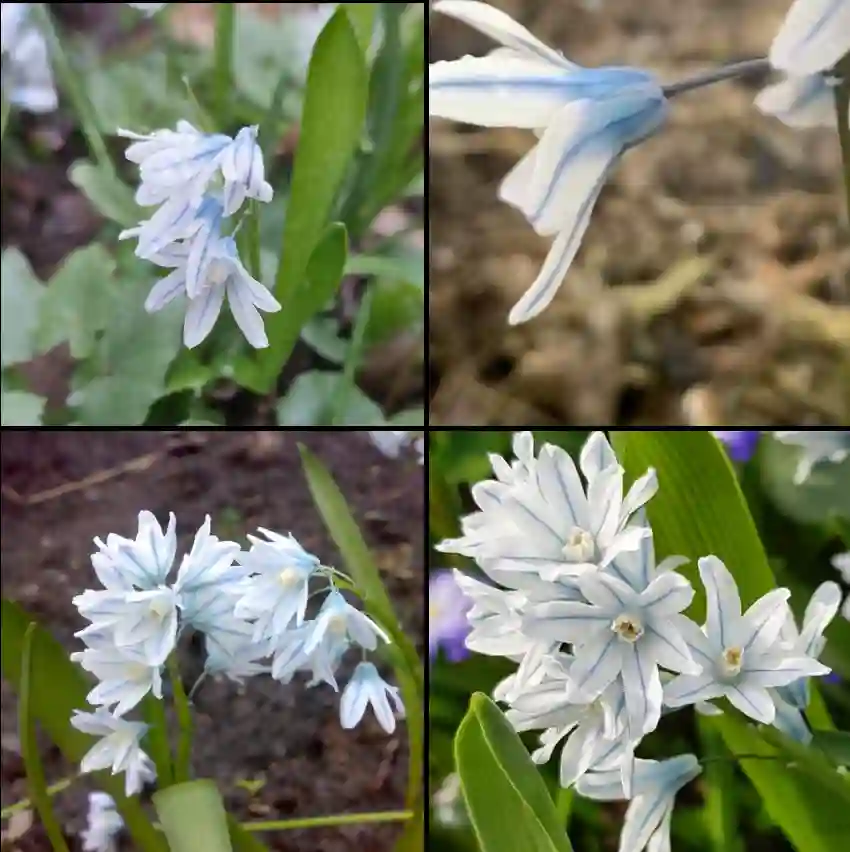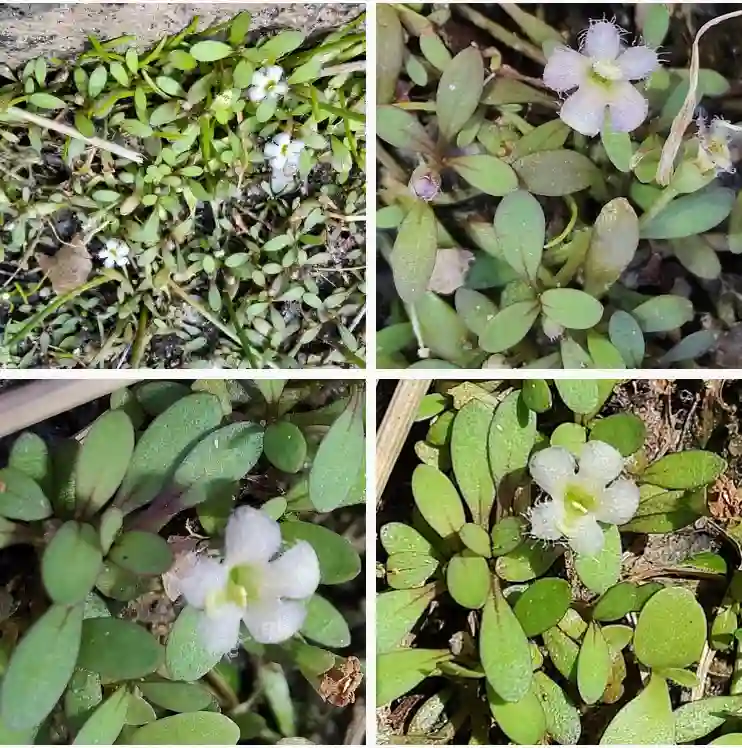
The Shamrock Plant: A Guide to Its Care and Quirks
The shamrock plant, often mistaken for a true clover, has become synonymous with St. Patrick’s Day. But this little beauty offers more than just festive cheer. With its delicate, clover-shaped leaves and vibrant blooms, it can be a charming addition to any indoor space. However, there’s more to caring for a shamrock plant than meets the eye. So, if you’ve recently brought one home or are considering doing so, here’s a breakdown of everything you need to know:
How to Care for a Shamrock Plant?
These little plants are relatively low-maintenance, but understanding their needs will ensure they thrive. Here’s the lowdown:
- Light: Shamrocks prefer bright, indirect light. Avoid harsh sun exposure, which can scorch the leaves.
- Watering: Water your shamrock plant when the top inch of soil dries out. Overwatering is a common culprit for drooping leaves, so err on the side of underwatering.
- Soil: Opt for a well-draining potting mix. A mixture of potting soil, perlite, and orchid bark can work well.
- Temperature: Shamrocks appreciate moderate temperatures between 60-70°F (15-21°C). Avoid placing them near drafts or heating vents.
- Fertilizer: During the growing season (spring and summer), a diluted liquid fertilizer once a month can be beneficial.
How Long Do Shamrock Plants Last?
With proper care, your shamrock plant can live for several years, bringing joy for St. Patrick’s Day and beyond.
Are Shamrock Plants Poisonous to Cats and Dogs?
Unfortunately, yes. Shamrock plants contain oxalic acid, which can be toxic to cats and dogs if ingested in large quantities. Symptoms of poisoning include vomiting, diarrhea, and lethargy. If you suspect your pet has eaten parts of the plant, consult a vet immediately.
Where to Buy Shamrock Plants?
Shamrock plants are most commonly available around St. Patrick’s Day in supermarkets, garden centers, and floral shops. You may also find them online from plant retailers.
Is a Shamrock Plant Indoor or Outdoor?
Shamrock plants are primarily considered indoor plants. They prefer the controlled environment of a home and struggle with extreme temperatures outdoors.
How to Propagate a Shamrock Plant?
Propagating your shamrock plant is a fun way to expand your collection or share the joy with friends. Here are two methods:
- Division: During repotting, carefully separate healthy clumps of bulbs with roots and plant them in individual pots.
- Bulblets: Tiny bulblets may form at the base of the plant. Gently remove them when they have developed some roots and pot them in a well-draining mix.
Why is My Shamrock Plant Drooping?
Several factors can lead to a drooping shamrock plant. Here are the usual suspects:
- Overwatering: Check the soil moisture. If it’s soggy, let it dry out completely before watering again.
- Underwatering: If the soil feels dry to the touch, give your plant a good drink.
- Insufficient Light: Move your plant to a brighter location with indirect sunlight.
- Temperature Stress: Ensure the temperature is within the recommended range.
Do Shamrock Plants Close Up at Night?
Yes, some shamrock species exhibit a phenomenon called nyctinasty, where their leaves fold inwards at night. This is a natural response to darkness and helps conserve moisture.
Are Shamrock Plants Edible?
While some shamrock varieties are technically edible, they have a sour taste due to the presence of oxalic acid. It’s best to enjoy them visually and avoid consumption.
Are Shamrock Plants Good Luck?
Whether or not they bring actual luck is debatable, but shamrock plants are undeniably charming and add a touch of whimsy to your space. Plus, successfully caring for a living thing can bring a sense of satisfaction and accomplishment.
So, there you have it! With a little TLC, your shamrock plant can thrive, adding a touch of green and Irish charm to your home year-round.
If i die, water my plants!



